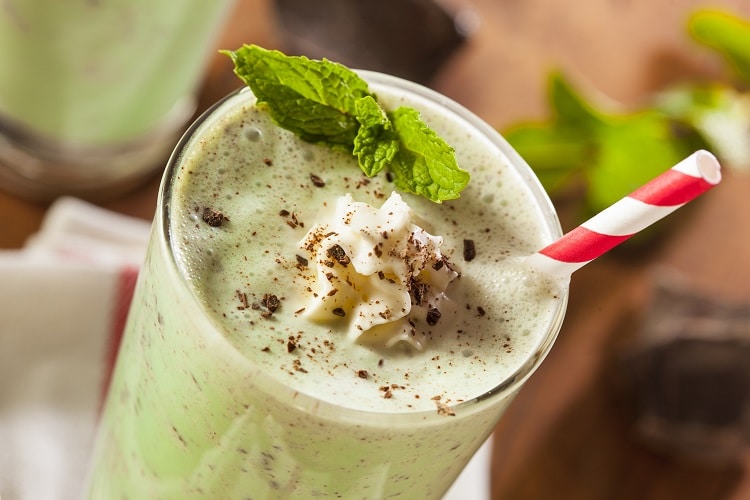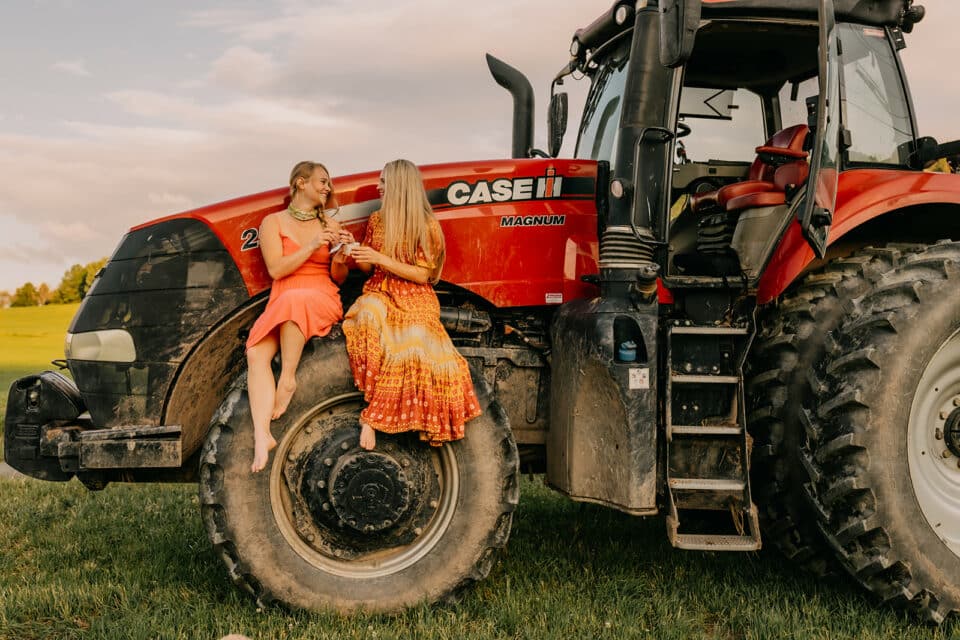It’s the New Year, so we are going to mix things up with artists and interviews… Road Trip!
I headed to NYC with local artist Diane Cirafesi to see some art and eat. Little did I know how appropriate it was that Diane and I were going to see the De Kooning show at the Museum of Modern Art. After that we headed uptown to the Guggenheim to see the weird and awesome work of Maurizio Cattelan.
This isn’t about a dead artist or one that plans to retire after his Guggenheim retrospective; this piece is about a West Chester local. Diane Cirafesi has lived in WC since she graduated from West Chester University. I won’t divulge her year but she has seen the town grow and change. She believes that right now the town is the best it has ever been.
Diane once left Pennsylvania for a short time in an effort to “find herself” out west. While out there, she fell in love with the west and brought it back in her artwork, which resonates with blue skies, southwest colors and the magic that happens on the plateaus. Diane’s art is the connection between her heart and her hand responding to that emotion. The build up of materials in her mixed media work combined with all the drawing marks clearly captures that connection.
After leaving the MoMa (Museum of Modern Art) we took a taxi uptown to Demarchelier Restaurant, a little French bistro on 86th Street, so I could ask her some questions, eat, drink and debate the vast career of De Kooning.
We ordered beer, wine, and the paté de maison to get things started. I ordered the daily special on Friday; Bouillabaisse. OMG! A beautiful presentation of seafood with each mussel placed facing up creating an edible circle that encompassed scallops and a half-pound of lobster resting on top. I dined in pleasure while Diane was worried what questions I would ask. I assured her I was there to share my enthusiasm for her work with others.
How did you get started making art?
When I was very young I used to go over to Bobby Straus’ house and draw on his chalkboard. I would draw birds or dogs or whatever. The family there would encourage me, my family didn’t. Angst … was my other encouragement.
Did you receive any formal art training?
Yes, West Chester University. At that time they did not have a BFA. It was a finishing school. At that time you could get a BA in Humanities with a Fine Art major.
Can you describe your work in general for the readers?
It is largely figurative. I would call it abstract realism. I like the idea of drawing, and reworking the paper.
What is your favorite medium?
I tend to work on paper with charcoal, then paint, then back to charcoal. I do aspire to the idea of rubbing out and showing the marks of the work that is still there.
How do you do choose your subject matter?
It’s generally always women. I will see something that inspires me; it might be a book, a passage of a story, something that inspires me on the street, junk that I find.
What are your thoughts on perfection?
I hate perfection.
How do you decide when an artwork is done?
I never decide. I think it is always one huge painting, your whole life.
Who has been the biggest influence on your life?
My daughter, because she really grounded me and if it weren’t for her I probably would be in the gutter somewhere.
What inspires you?
Everything visual. There is always something that is exciting, powerful, and worth looking at. The spiritualities of it, and of course the Catholic upbringing.
Your work has a lot of religious overtones, why?
Because when you are raised Catholic, it is pounded into you somehow and it never leaves you. I was young at the point that it hit me that this was a lot of hocus pocus. How could that communion host be the body and blood of Christ? At that point, that is when I considered the philosophy of magic.
What do you enjoy about the Southwest?
The iconography. The religious and spiritual aspects of it. It’s just a mystery and its involved with the same thing that Catholicism is involved with. Same thing if you were in Italy. It stems from the primitive. It stems from the universal, and from what is within us. I am fascinated by how we come to the point of magic, religion, and voodoo and how it exists despite all logic.
When do you paint?
Eleven years ago I went part-time with my job so that I could devote my time to painting. A very dear friend of mine died and I thought, “I am not going to die before I have done what I wanted to do.” Now, I paint Friday, Saturday, and Sunday. During the week I paint 11 p.m. to 1 a.m.
Do you have a tip for artists that are just getting started?
Be honest.
What are you eating right now?
I have the onion soup and a simple arugula salad.
What is your favorite food?
Hamburger.
What does home mean to you?
Nest.
Your proudest moment?
My daughter.
Strangest possession?
Dirt from a church in Mexico. It’s healing dirt that I have had for probably 25 years.
Money is OK, but it isn’t what life is about?
Enjoyment.
Where did you grow up?
Outside Norristown in a suburb called East Norriton.
What is the last book you read?
Communion by Whitley Strieber; it’s about aliens.
You collect?
Junk and crosses
Favorite time of the day?
Late evening.
At your best, you are most like this famous person?
Your best birthday?
When I turned 50 and they had a surprise party for me on the rooftop of Vincent’s, lots and lots of people came. I sang “Summertime,” which I regret till this day.
Upon entering, our jaw dropped as we looked at Cattelan’s entire body of work suspended from the ceiling. Everything from a few stuffed horses, a statue of the pope hit by a meteor, to a life like replica of Hitler as a youth praying. If you have no idea what I’m talking about, you have until January 22nd to find out, then the show comes down.
As artists, we were overwhelmed and walked away with a glazed look, but had a deep desire to create something just as powerful. We needed to decompress and see some more “friendly” art so we headed to the Bemelmans Bar at the Carlyle–a timeless New York watering hole decorated with interior paintings by Ludwig Bemelmans, the illustrator of the children’s book, Madeline.
I had the “La Poire and ginger” cocktail consisting of Grey Goose, La Poire ginger liquor, fresh lemon juice and simple syrup. Diane kept it simple with a Miller Light. Both came with NYC prices, $21.00 and $10.00 respectively.
By the end of the day I realized how appropriate it was to see De Kooning’s work with Diane. I was attracted to De Kooning’s woman series, a series he worked back and forth on for the majority of his career. The layering of paint and sketchy marks used to define his subject accumulated until he knew he had to stop for it to be complete. I’m not sure if he ever could have stopped working on these. This is the same excitement I see in Diane’s work. I guess it is the connection between the heart and hand. There is never rest. After that pontificating moment and a few cocktails and beers, I cornered Diane into answering my speed questions in the lobby of the Carlyle check out the video on my blog at jeff-schaller.blogspot.com.



